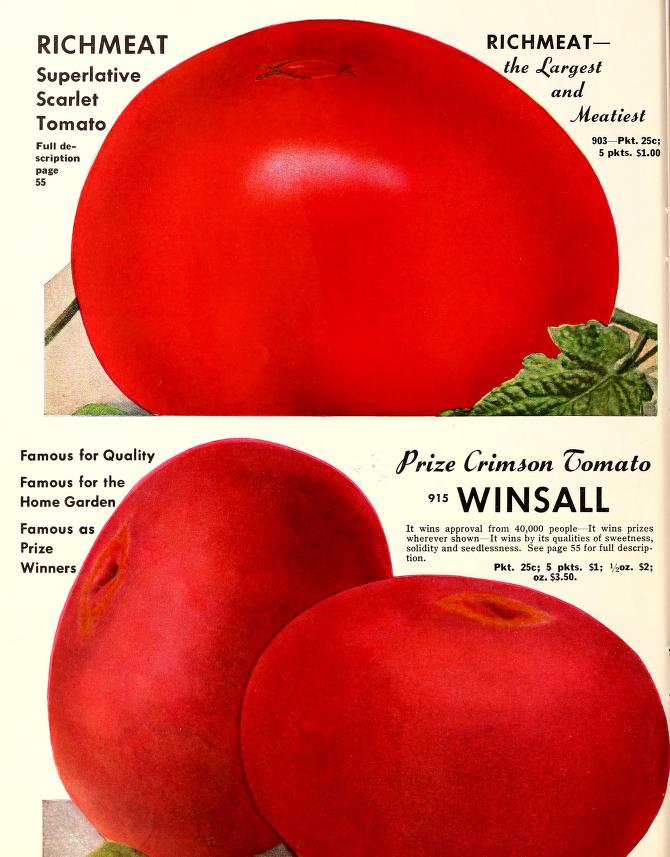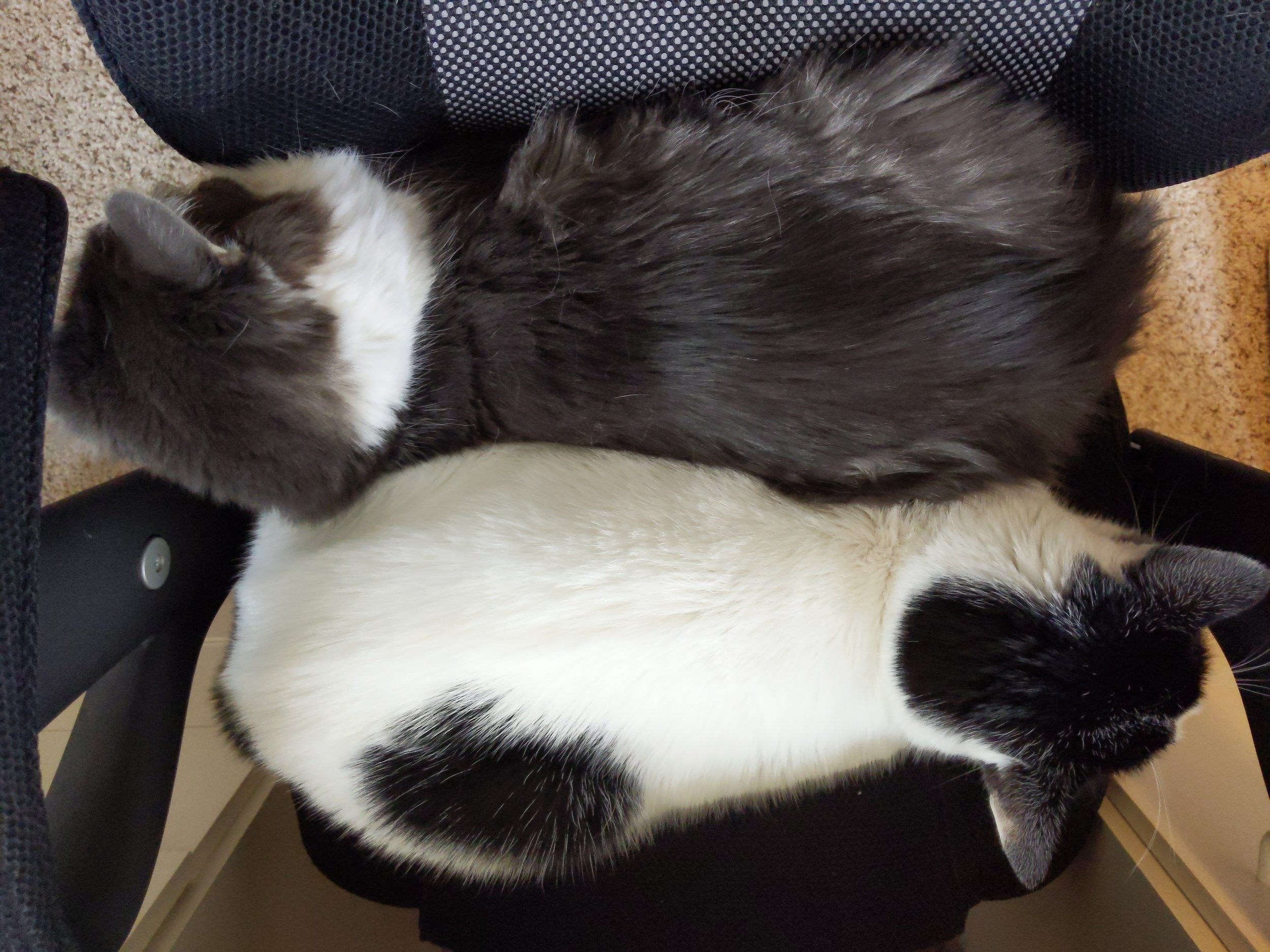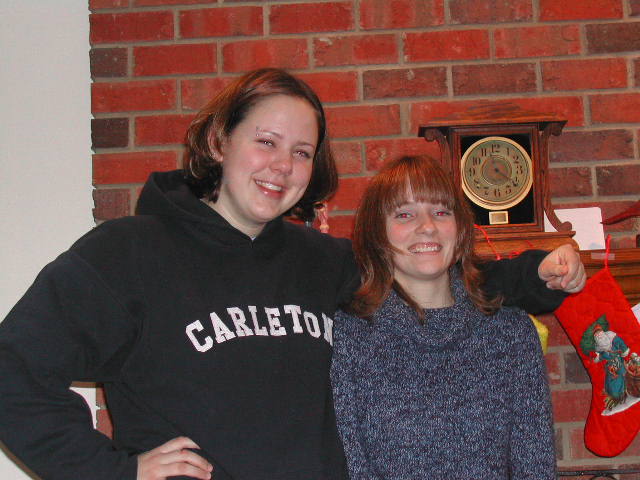Flowering cherry making an early appearance
I’ve seen a lot of airports and hotel rooms recently, but it is worth it - last week’s wonderful experience speaking in St Louis, and tomorrow in Taylor, Michigan (near Detroit), sharing the stage with Jessica Walliser and Carol Michel. This is my last Sue-less event; she will be joining me on speaking trips to DC (mid April) and Connecticut (mid May).
All seeds for my upcoming seedling sales, donations and gardening are planted. The hardening off process is well underway, and the seedling flats are now comfortable with full sun, and temperatures into the upper 30s. So…it is time to transplant. I’ve purchased the first 10 bags of Metro Mix 360 and have a box of the 3.5 inch pots, boxes of white labels and sharpie markers all ready to go.
just one of nearly 20 containers of fall planted greens that spent the winter under floating row cover
I started pulling the plugs of densely planted seedlings and giving each cluster its own 3.5 inch pot as true leaves form and I find time to do transplanting (and night time weather begins to moderate. Below are three pictures of this technique with a plug of Bisignano #2.
with just a gentle squeeze, the plug of more than 30 seedlings pops easily out
Each plug of seedlings gets its own 3.5 inch pot - the Bisignano plug awaiting addition of planting mix
All nestled in - once all 18 cells are planted, they will get a deep watering.
This is a great way to hold quantities of seedlings until they get separated into individual seedlings. There is a far lower risk of the seedlings drying out. This works fine with eggplants and peppers - any thickly planted type of seeds.
If all goes well, transplanting into individual pots will start Sunday, and seedling availability in the Raleigh area may begin in mid April. Seedlings by appointment only; email me at nctomatoman@gmail.com for a list and details.
Next will be purchasing of some straw bales and the onset of preparation. The coming months will be a patchwork of speaking events, writing, transplanting and getting my own garden planted. Time will certainly fly…because I will be having fun!
Last but by no means least…my most recent podcast with Joe Lamp’l, recently recorded and posted, is here.
Moving some seedlings among the greens and other plants










































